Police turning to fuzzy logic in fight against crime: 81 years of detective work in 30 hours
From facial recognition to sifting data and targeting suspects, AI is transforming our police forces – but it could be doing so much more.

When Trevor Rodenhurst, the chief constable of Bedfordshire police force north of London, visited his counterparts in Germany, he saw first-hand the power of artificial intelligence to solve some of the most heinous crimes.
The police there had just rescued a missing child after the young person’s mobile phone was flagged by the te4chnology as being next to a known sex offender’s device. Rodenhurst has introduced the same software, making his force the first in Britain to be policed by AI.
Crimes are already being averted and solved. In the first eight days of the tool being deployed for child protection, the force identified an additional 123 young people who were at risk of abuse or exploitation.
There was a 67 per cent cut in the time taken to complete each safeguarding referral and the processing of telephone call data fell from 48 hours to three. The system, developed by the American data analytics firm Palantir, simultaneously extracts information from dozens of sources and creates an operational dashboard with profiles of suspects.
Previously, investigators would have to search more than 80 databases for clues. Now, at the click of a mouse, they can see a summary of data from thousands of WhatsApp messages, documents and emergency calls.
The AI compares phone records, locations, number plates and identities to draw links and build a chart of criminal associates – the modern-day equivalent of the white board with mug shots and pieces of string. In a fast-moving investigation, specialist officers can be automatically allocated tasks, ensuring that relevant people are in the right place at the right time.
Detectives receive phone alerts when there is a development in the case.
The software, similar to the platform being used to join up data in Britain’s National Health Service, is saving about 35 per cent of officer and staff time in each advanced operation. Some jobs that would take hours can be finished in seconds. Time spent completing subject profiles has been cut by 80 per cent, and by 75 per cent for building out association charts.
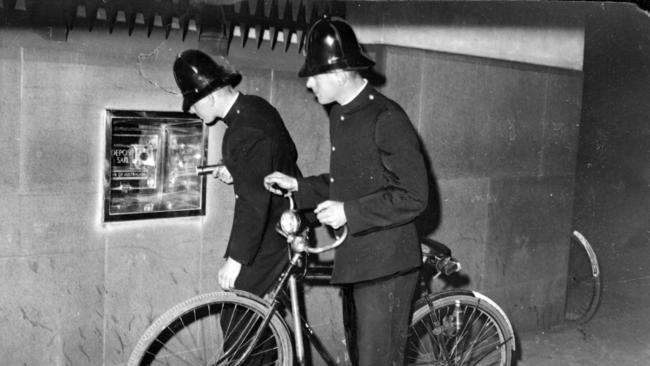
Needle-in-a-haystack connections that could never have been spotted by human detectives are being made by the AI. “The results are incredible,” says Rodenhurst, who is also the national police lead on serious and organised crime.
“If this was in every region, overnight you would join up policing for serious and organised crime, and … that would be very powerful.” When people ask how he can afford to spend money on technology when resources are tight, he replies: “I can’t afford not to.”
AI has already transformed the way the private sector operates and it has the potential to revolutionise public services too. This week the British government announced plans for digital passports and driving licences, part of a shake-up that aims to use AI tools to save £45bn ($90bn) a year by slashing bureaucracy.
British Prime Minister Keir Starmer describes AI as the “defining opportunity” of the age and wants to make his nation an “AI superpower”. US President Donald Trump last week announced a $500bn ($800bn) Stargate project to build AI infrastructure in America.
Already, Britain’s health service uses AI scanners that can cut the time it takes to detect cancer from seven days to seven seconds. Schools have software that tailors lesson plans for teachers and personalises tutorials for pupils. It is on policing and national security, however, that the stakes are highest.
Criminals are the fastest adopters of technology and the authorities must evolve to keep up. The potential for improving public safety is huge but there are also privacy concerns and warnings of a “surveillance state”.
Last year, I spent a day with one of the police force’s live facial recognition teams. A van, parked in a busy shopping street, was fitted with six cameras that scanned the faces of everyone walking past and compared them with images on a watchlist of 16,000 faces, a mixture of suspects wanted by the police, registered sex offenders and missing people.
I saw an alleged stalker being handcuffed and taken into custody. Last year, almost 600 suspects were arrested during LFR deployments in London, including 55 for rapes and other violent offences against women and another 58 registered sex offenders who had breached their court conditions.
It has been described as one of the biggest breakthroughs in fighting crime since fingerprinting.
Liberty, the human rights organisation, warns of a “regulatory Wild West” in which tools are being deployed without sufficient debate or proper oversight. The public, though, is broadly onside. A YouGov poll found that 57 per cent of adults backed the police using live facial recognition technology in public spaces, compared with 28 per cent who opposed it.
The ethical dilemmas cannot be ignored but nor can the perils of failing to adapt.
There are 43 police forces in England and Wales, each with multiple disconnected databases. The police national computer is 50 years old and woefully inadequate.
The so-called “common platform” for the criminal courts has been beset by technical difficulties, with cases suddenly dropping off the system and hearings starting late because judges or barristers cannot log on. The impact on productivity is staggering, but dysfunctional IT is also disastrous for public safety.
New AI tools can build the links and help investigators trawl through otherwise inaccessible mountains of data. In one police district, they are trialling a system called Dragon Slayer, which uses AI to sift through huge downloads of material and highlight conversations that indicate pedophile grooming behaviour.
Another is testing an AI tool known as Soze, named after the criminal mastermind Keyser Soze in the Kevin Spacey film The Usual Suspects, which officers say can do 81 years of detective work in 30 hours, analysing megabytes of data including video footage, financial transactions, social media posts and emails simultaneously.
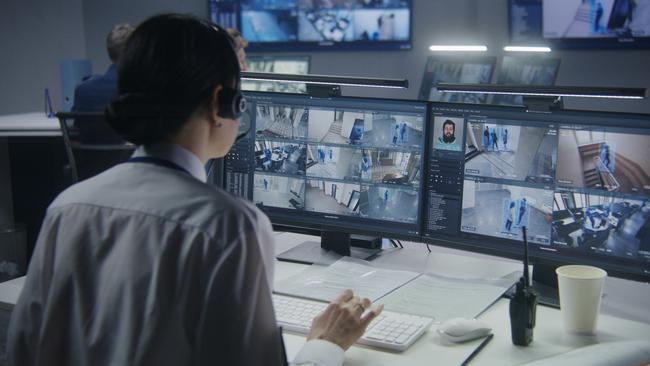
According to Paul Taylor, the UK’s national police chief scientific adviser, the next step could be on-the-spot DNA analysis, allowing officers to use a Covid-style swab and equipment similar to an espresso machine to identify potential suspects without having to send samples to a forensics lab. “Technology is democratising our ability to do specialist tasks,” he says.
There are potential applications for prisons, too. Shabana Mahmood, the UK Justice Secretary, is looking at how AI could be used to tackle violence in overcrowded jails by monitoring and predicting prisoners’ behaviour. She is also considering whether new technology could be deployed to create virtual prisons, with more criminals punished in the community under house arrest.
The potential efficiency gains from automation are huge. Several forces have introduced an AI tool to redact personal data in documents before they are sent to the Crown Prosecution Service.
The College of Policing estimates this software would save about 7.5 million policing hours a year, equivalent to more than 4000 full-time officers, if it were adopted nationwide.
Technology can also allow the police to communicate better with victims. West of London, the local force created a rapid video response for domestic violence. Instead of taking almost 33 hours on average to respond in person to a non-urgent call, an officer could speak to the victim within minutes using a secure link. The pilot saw a 50 per cent increase in arrests and an 11 per cent increase in victim satisfaction.
Another force has introduced a similar system and is also now piloting an AI tool that transcribes the victim statement, suggests questions to the officer, then fills in the forms needed to create a case file. It has doubled the number of cases the 12-strong domestic abuse team is able to deal with every day.
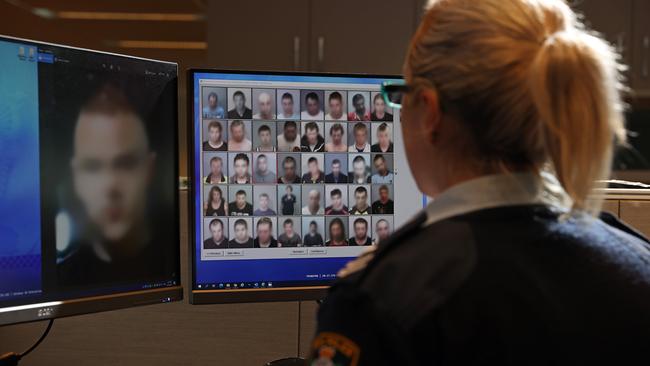
It is a long way from Dixon of Dock Green but Alex Murray, director of threat leadership at the National Crime Agency and the National Police Chiefs’ Council lead for AI, says embracing technology is “not only desirable, it’s necessary”. As he puts it: “If we decide to slow down here, we will lose the battle against crime and serious organised crime. The opportunities are huge but to a certain extent we are just catching up.”
For decades politicians have been obsessed with police on the beat, but the threat is increasingly online. According to the NCA, fraud and cybercrime make up more than half of all crime experienced by individuals in England and Wales. Last year there were more than 2.75 million adult victims. Companies and public services are also increasingly at risk. Global ransomware payments reached $1.1bn in 2023, with the true cost to society estimated at over more than $100bn.
Although parents worry about their children playing outside, the likeliest danger to them is on the computer in their bedroom. There were 10,000 arrests for crimes involving online child sexual exploitation in Britain last year, double the number five years previously.
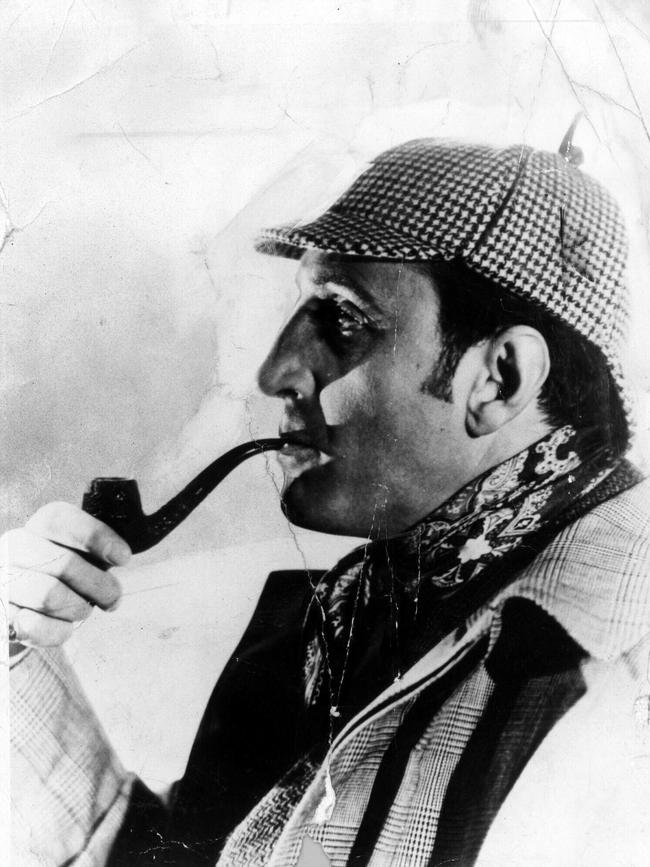
James Babbage, director-general for threats at the NCA, says: “The single greatest area that is causing serious organised crime to grow is not actually about anything that criminals are doing, it’s about us, it’s about the fact that regularly and routinely in our day-to-day lives we’re increasingly dependent on online services.”
It is AI, with deepfake technology, that is revolutionising crime, allowing fraudsters and terrorists to operate at scale, across continents, while personalising content for each victim.
There are algorithms that can “nudify” family photos for the benefit of pedophiles. Reports of child sexual extortion, in which young people are encouraged to exchange intimate images then blackmailed, have increased eightfold in a year, according to the Internet Watch Foundation.
A sinister marketplace has evolved on the dark web where computer specialists hire out their services to create a fake website or a piece of ransomware.
Shane Johnson, professor of future crimes at University College London, says “crime just follows opportunity”. He identifies “data poisoning attacks”, which seek to distort AI systems by tainting the data on which they are trained, as a possible future threat.
Our growing reliance on smartphones at home and computers in cars creates other vulnerabilities. “The technology is moving much faster than our understanding of it and how to legislate,” Johnson says.
Jonathan Hall, the government’s independent reviewer of terrorism legislation, has highlighted the risk of “chatbot radicalisation”. It was far too easy for Axel Rudakubana, the recently jailed killer of three girls at a Taylor Swift dance party, to find extremist material.
In Estonia, technology is so integral to the criminal justice system that the government department that oversees it is called the Ministry of Justice and Digital Affairs. All citizens have a digital ID to access public services and verify who they are to banks or shops.
The unique electronic identifier, available as an app or a physical card, is seen as an eligibility tool rather than a civil liberties intrusion, allowing people to book doctors’ appointments and claim benefits. Since its introduction two decades ago, it has improved the efficiency of the state and reduced fraud.
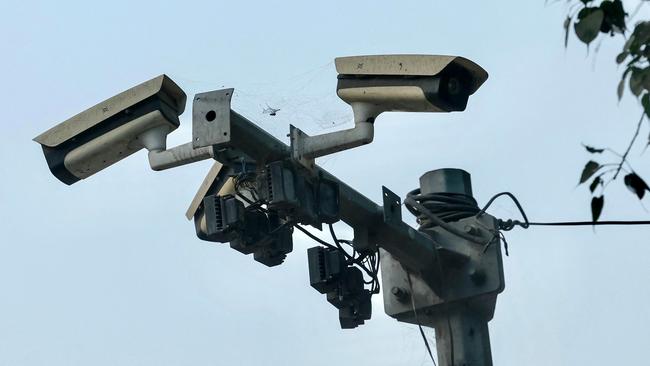
At Tallinn Prison, inmates have tablets which they can use to follow their case, speak to family members, take educational courses or order groceries, logging on to a secure “e-Justice” portal using facial recognition. As offenders near the end of their sentence, they go out to work, tracked by a mobile phone that monitors their movements and ensures they stick to approved routes.
When a crime is reported, a single digital case file is created to ensure that police, prosecutors, courts, forensics teams and defence lawyers all have the same information. Estonia is piloting virtual autopsies, using CT and MRI scans to work out the cause of death without having to cut open a body, which is cheaper, quicker and less distressing for families. By the end of next year, the court system will be entirely digitised.
Liisa-Ly Pakosta, the minister of justice and digital affairs, says online services are “more secure” than paper-based bureaucracies because “every movement is checkable, everyone can see who has looked at your data – you have another Sherlock Holmes at the table but a digital one.”
The public must, of course, be reassured that the systems are not biased and that their data will be strictly guarded, but those we expect to protect us cannot allow themselves to be outflanked by those who seek to do us harm.
The only way to square the circle of rising demand and stretched public finances is through technology. Data analytics and artificial intelligence make it possible both to drive efficiency and personalise provision in a way unthinkable a decade ago. In terms of law enforcement, there are profound risks to not modernising.
As Lord Burnett of Maldon, a former lord chief justice, puts it: “If we don’t begin to grasp this type of technology and the advantages it can offer, the danger is we will just be left behind. To put it bluntly, you’ll have the whole criminal justice system riding around on penny farthings while all the criminal and international terrorist classes are driving around in fast Jaguars.”
THE TIMES



To join the conversation, please log in. Don't have an account? Register
Join the conversation, you are commenting as Logout